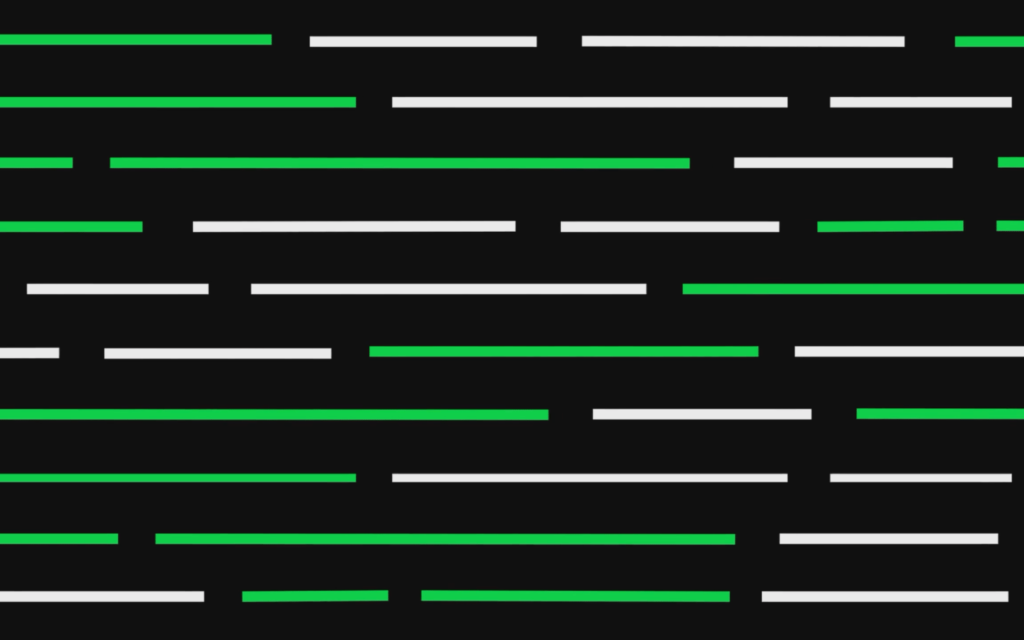GPT-4, the next version of OpenAI’s autoregressive Generative Pre-trained Transformer language model has arrived. It’s a year to the day after the company launched GPT-3.5, an incremental upgrade on GPT-3 which launched in June 2020. They grow up so fast, don’t they?
This new language model – which will presumably take over from previous models in applications like ChatGPT and Microsoft’s new Bing – hasn’t fundamentally changed. OpenAI described the difference as “subtle”.
Let’s chat about GPT-4
Announcing GPT-4, a large multimodal model, with our best-ever results on capabilities and alignment: https://t.co/TwLFssyALF pic.twitter.com/lYWwPjZbSg
— OpenAI (@OpenAI) March 14, 2023
GPT-4 works in mostly the same way and does mostly the same things as previous generations, just quicker and better. This is obvious, according to OpenAI, by looking at the scores the model achieved in its benchmark tests.
Those include various modules from the SAT tests in the US – kind of like South Africa’s National Benchmark Test (NBT) – as well as the Uniform Bar exam and the Law School Admission Test (LSAT).
Some of GPT-4’s improvements include accepting both text and image inputs to allow it to better interpret complex input. You’ll only get a text response though. The word limit has also increased, from 3,000 in ChatGPT to 25,000 in GPT-4.
Read More: Toss a coin to your AI language model: Google announces Bard, its ChatGPT rival
Unfortunately, Open AI has warned it also comes with the same problems that previous models suffered from. You know, fabricating information, generating violent or harmful content, and emulating human biases of race, gender, religion, and class.
But that hasn’t stopped some companies from partnering with OpenAI to build their products with GPT-4. Those include Duolingo, Be My Eyes, and the Khan Academy.
If you, a humble individual, want to play around with the new model then you can. But not for free. You’ll need to sign up for OpenAI’s $20/m (R365/m) ChatGPT Plus subscription.
